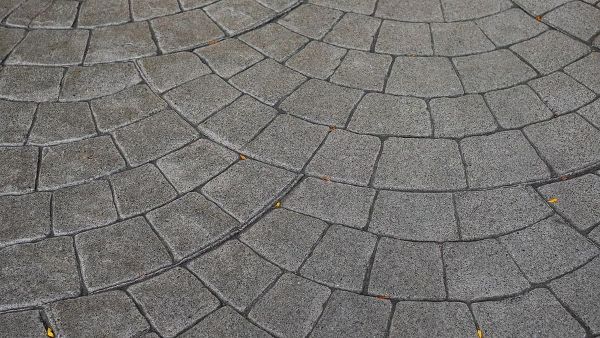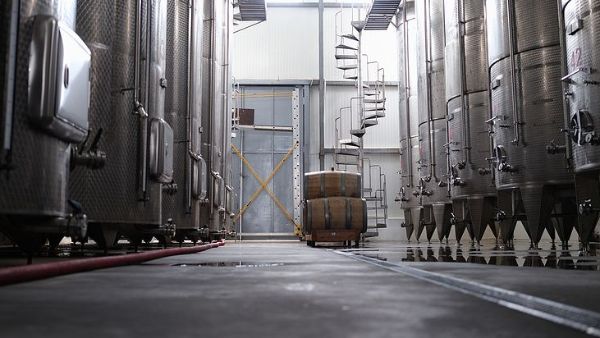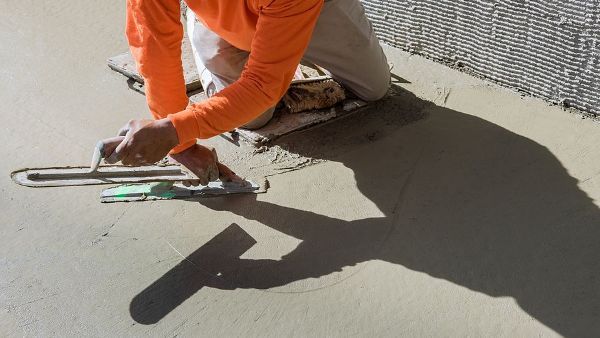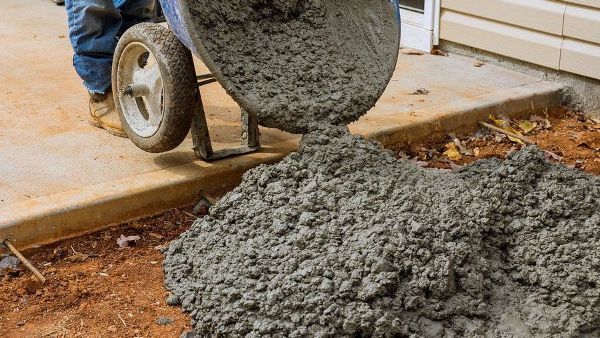Decorative Concrete 101: What It Is and How It Works
Beautify Your Property With Decorative Concrete
Concrete is a durable, versatile, and cost-effective building material. But did you know that it has decorative value as well? You may be surprised to learn about the many possibilities it has to offer. In this guide, you’ll learn how experts on concrete construction in Sonoma County use decorative concrete in residential and commercial settings.
The Basics of Decorative Concrete
Decorative concrete is a popular alternative to other building materials such as cobblestone, slate, or brick. In fact, concrete can be fashioned to look like almost any kind of substance. Decorative concrete is a versatile option for many building applications:
- Driveways
- Sidewalks
- Interior flooring
- Decks and patios
- Walkways
- Interior and exterior walls
Like structural concrete, decorative concrete is sturdy and cost-effective. You can create a wide range of aesthetics for less, thanks to this flexible and inexpensive material. Imagine a gorgeous patio of flagstone pavers or an eye-catching brick walkway for less — except those pavers are stamped concrete pieces. And unless you let your neighbors in on your secret, only you need to know.
Types of Decorative Concrete
Decorative concrete comes in two basic varieties: stained and stamped. Stained concrete has an extensive range of color options, while stamped concrete offers a broad spectrum of color and texture options. A quick review of these two decorative concrete types can help you determine which one works best for your project.
Stained Concrete
Staining is a process that adds depth and color to concrete. Available for both old and new surfaces, staining is an excellent way to improve the look of floors, walls, patios, and driveways. With a wide range of colors within easy reach, staining offers many possibilities for creating your desired aesthetic.
Experts on concrete construction in Sonoma County can use a couple of different methods for staining concrete: acid-based or water-based. Acid-based staining uses a chemical reaction to impart color, resulting in a dappled look with shade variations. Water-based stains soak into the concrete’s surface to create a more uniform appearance.
Stamped Concrete
Stamping is a procedure that transforms concrete’s appearance and texture. This process creates concrete pieces that mimic brick, stone, tile, flagstone, and even wood. Stamping is an intricate operation, but it usually involves three basic steps:
- Base color application
- Accent color additions
- Surface pattern stamping
First, the base color application occurs either during mixing or after pouring to set the concrete’s primary shade. Integral coloring produces full-depth color, while dry-shake methods can improve surface abrasion resistance. Accent colors result from applying a releasing agent, which creates shade variations and prevents sticking during the stamping phase. Concrete stamping is the last stage, which embosses patterns into the surface of each piece. Typically fabricated from polyurethane materials, these stamps add both basic texture patterns and finer details.
Designed and Made To Last
Specialists performing concrete construction in Sonoma County follow industry best practices for ensuring that structural concrete lasts as long as possible. The same is true for decorative concrete. While contractors cure foundations, driveways, walls, and other concrete structures, this isn’t always the case with decorative concrete — sometimes, only sealing is required.
The exact process of finishing decorative concrete depends on the type being created and its intended use. Sealing usually occurs once the surface is dry, which protects it from moisture penetration plus the effects of repeated freeze-thaw cycles. Sealing also makes concrete surfaces easier to clean and potentially reduces damage from extended UV radiation exposure.
Lifespans on decorative concrete can vary, but it can last for decades with proper installation and maintenance. With regular cleaning, pressure washing, and resealing plus prompt cleanup of spills and stains, your decorative concrete remains attractive and durable for 30 years or more.
Choosing Your Decorative Concrete
Which type of decorative concrete is right for your project? As experienced concrete specialists will tell you, the best answer depends on your goals, needs, and budget. Upkeep practices may vary somewhat according to the specific type you choose, but most decorative concrete requires only basic maintenance. Some styles of decorative concrete work better for certain applications — for instance, polished concrete is ideal for flooring in high-traffic areas.
Overall aesthetics should also influence your decision. Many decorative concrete varieties are versatile, fitting in well with decor styles ranging from modern to rustic. Some fit well with specific aesthetics, such as slate-look concrete in geometric patterns paired with modern minimalist architecture. No matter what look you wish to achieve, we can offer guidance and recommendations tailored to your needs and budget.
Let Us Beautify Your Property
Whether you need residential or commercial concrete construction in Sonoma County, one truth is certain: Hiring a skilled professional contractor with a stellar reputation is your best bet. RTS Construction offers more than 30 years of combined experience, completing projects on time and to our clients’ specifications. Honesty, accountability, integrity, and your satisfaction are our highest priorities.
Request an estimate or call our office at (707)-620-0904 to learn more about our decorative concrete services. We look forward to helping your building vision come to life.





